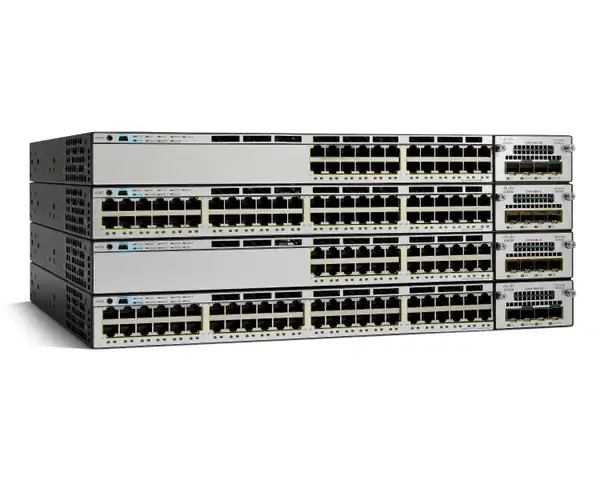How Artists Get Paid On Spotify: 2023 Latest Guide
Music consumption has radically transformed in today’s digital age, with streaming platforms like Spotify taking center stage. But behind this digital curtain lies a complex web of revenue distribution directly impacting the artists.
Understanding how artists on Spotify get paid is crucial for anyone who appreciates their favorite tunes and wants to support the creators.
In this article, we’ll delve into the mechanisms of Spotify’s payment system, the factors influencing artists’ earnings, strategies for maximizing revenue, challenges facing the system, and much more.
The Streaming Model: How Spotify Generates Revenue
Spotify’s financial model thrives on two primary revenue streams: subscription-based and ad-supported.
The subscription-based model offers users a premium, ad-free experience with additional features like offline listening and higher sound quality.
According to Benjamin, a prominent music enthusiast and the owner of Musicfluid: “Artists on Spotify get paid through royalties, with mechanical royalties earned per stream and performance royalties collected from public plays.”
Subscribers pay a fixed fee, which directly contributes to Spotify’s revenue.
On the other hand, the ad-supported model provides free access to the platform with occasional advertisements. Advertisers pay Spotify to reach the massive user base, further fueling revenue.
The Complex World of Artist Payments
Spotify’s payment ecosystem involves a complex interplay of stakeholders.
Streaming revenue doesn’t simply flow to the artist when a song is streamed. Instead, it’s distributed among several entities.
In accordance with preexisting contracts and agreements, record labels, publishers, and performance rights organizations (PROs) all claim a portion. These parties play a vital role in ensuring the artist’s work reaches the audience.
Consequently, the “per stream” payout artists receive can be relatively modest due to this multifaceted distribution structure.
Factors Influencing Artists’ Earnings
Beyond sheer stream numbers, artists’ earnings hinge on intricate factors.
Geographical location plays a significant role, as streaming patterns and payment rates vary across regions. Demographics of listeners, such as age groups and listening habits, influence the types of music streamed and, consequently, the revenue generated.
The genre of music also matters, with certain genres commanding more streams and, thereby, higher income. Moreover, securing placements on popular playlists curated by Spotify can exponentially amplify an artist’s visibility and earnings.
Consistency in releasing new music and engaging with the audience is indispensable for maintaining a steady income flow.
The Impact of Subscription vs. Ad-Supported Tiers
Spotify’s dual-tiered approach to subscriptions directly impacts artist compensation.
Premium subscribers contribute a monthly fee to access an ad-free experience with additional perks.
These subscribers yield higher payouts per stream than users on the ad-supported tier.
Although the ad-supported tier introduces an artist’s music to a wider audience, the resulting payouts are generally lower.
The challenge lies in balancing providing a user-friendly experience and ensuring equitable artist compensation.
This ongoing endeavor is pivotal for maintaining both listener satisfaction and artist support.
Strategies for Maximizing Earnings on Spotify
Artists hold the power to enhance their earnings on Spotify by actively participating in their promotions.
Leveraging social media platforms for self-promotion and building a dedicated fan base can significantly increase stream counts.
Collaborating with other artists within and across genres introduces new audiences to an artist’s music, potentially leading to more streams and increased revenue.
Making the most of Spotify for Artists tools allows artists to monitor their performance, understand listener demographics, and tailor promotional efforts accordingly.
Moreover, diversifying income streams beyond streaming, such as merchandise sales, concert tickets, and exclusive content for dedicated fans, can provide a safety net during fluctuations in streaming income.
Challenges and Criticisms of the Current System
Despite the advantages of streaming platforms, the current system has its share of challenges and criticisms.
The payment structure favors established artists with substantial followings, leaving emerging talents with smaller incomes.
This disparity has sparked debates about the “value gap,” where artists’ compensation isn’t necessarily proportional to the value their work generates for the platform.
Initiatives are being explored to revamp this structure and ensure fairer artist compensation, maintaining the vitality of the music industry.
The Future of Artist Payments on Spotify
The future of artist payments on Spotify holds intriguing possibilities. Evolving streaming models might introduce innovative ways to compensate artists more equitably, potentially bridging the gap between established and emerging talents.
Artists can retain more control over their creations and receive direct rewards from their audiences using blockchain technology and non-fungible tokens (NFTs).
Platforms facilitating direct interactions between artists and fans could become key revenue sources, enabling a deeper connection while supporting artists’ livelihoods.
Case Studies: Artists’ Experiences with Spotify Royalties
Real-world case studies offer insights into artists’ diverse experiences with Spotify royalties.
Independent musicians have leveraged social media and grassroots promotion to generate significant streams and income.
Major artists have navigated the changing industry landscape, sharing perspectives on the evolving revenue landscape.
Their stories underscore the importance of adaptability and strategic engagement with the streaming platform.
The Listener’s Role in Supporting Artists
As listeners, our role goes beyond passive consumption. Our choices influence the success of artists we admire.
Streaming their music, following them on social media, attending concerts, and purchasing merchandise all contribute directly to their financial well-being.
By actively engaging with artists’ work, we play an essential role in shaping the music landscape and ensuring that creativity is rewarded.
Conclusion: Navigating the Spotify Payment Landscape
The intricate world of artist payments on Spotify is crucial for sustaining a vibrant music ecosystem. As the music industry continues evolving, listeners and artists play pivotal roles in shaping its future.
By understanding the nuances of compensation, we can actively support artists and contribute to a more equitable and rewarding system.
Additional Resources
Various resources are available for artists seeking to navigate the complexities of Spotify royalties and the broader music industry.
Spotify for Artists provides tools and insights to optimize promotional efforts and track performance.
Further reading on music industry economics and copyright can deepen understanding. Engaging with industry experts through interviews and discussions offers valuable perspectives on the ever-evolving landscape of artist compensation.





